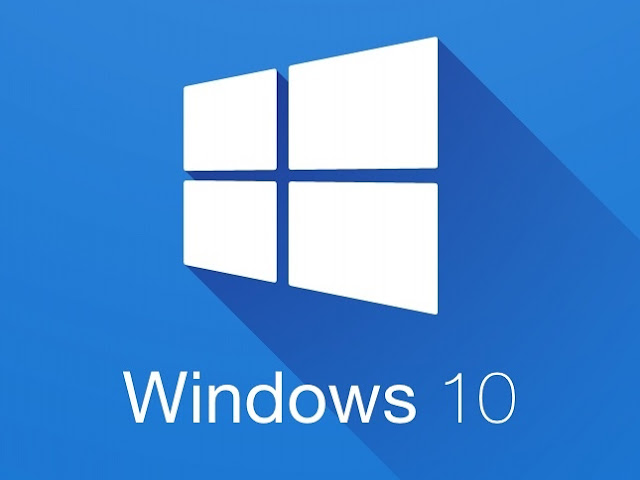Saturday, March 25, 2017
How to Create Cortana Reminders with Windows 10 Sticky Notes See How
How to Create Cortana Reminders with Windows 10 Sticky Notes See How
How to Create Cortana Reminders with Windows 10 Sticky Notes? See How

How to Create Cortana Reminders with Windows 10 Sticky Notes
While some people pepper their desks with sticky notes to remind them of upcoming appointments, Windows 10 makes it easy to create sticky notes on your desktop. Even better, Cortana will add these reminders to your calendar. That way you can still have the visual cue and have a more formal prompt to make sure you dont forget.
Heres how to create Cortana Reminders with Windows 10 Sticky Notes:
1. Open the Windows Ink Workspace from the taskbar.

2. Select Sticky Notes.

3. Write your reminder note, and be sure to include a date or time.

You can use a stylus and write your reminder or type it with the keyboard. If you write, you may have to try multiple times if you have messy handwriting.
4. Tap the time or date when it turns blue.

5. Tap "Add Reminder."

6. Correct any errors and click Remind.

7. Cortana will confirm the reminder and alert you prior to the event.

These Windows 10 Keyboard Shortcuts Will Save You Clicks

Any time you can hit a key combination instead of rolling your mouse pointer across the screen, you save a lot of time. Windows 10 has a long list of keyboard shortcuts that help you launch new features such as Cortana, navigate around the OS or organize your desktop layout with ease. While you might know some of the traditional Windows keyboard shortcuts, you will be surprised to find some new tricks below.
MORE: How to Create Keyboard Shortcuts in Windows 10
Cortana Shortcuts
Windows + Q: Opens Cortanas Home View, enables search by speech or keyboard input.
Windows + C: Opens Cortanas speech prompt
New in Windows 10
Windows Key + A: Opens Windows 10 notifications
Windows Key + I: Opens Windows 10 settings
Windows Key + Ctrl + D: Creates new virtual desktop
Windows Key + Ctrl + F4: Closes current virtual desktop
Windows Key + Ctrl + Left or Right: Switches between virtual desktops
Windows Key + F1: Opens Edge and Searches "How do I get help in Windows 10" with Bing (formerly opens Help)
Windows Key + Print Screen Key: Creates a screenshot of the whole screen in the Photos app. More screenshot key commands can be found here.
Windows Standards
Windows Key: Shows the Windows 10 Start Menu
Windows Key + L: Locks your Windows 10 device
Windows Key + Tab: Launches Windows 10 Task View
Windows Key + Enter: Opens Narrator, a program that reads text for you and shows you tips.
Desktop Commands
Windows Key + X: Opens Start button context menu
Windows Key + Left, Right, Up or Down: Moves the active window around on your screen. Left and Right snap the window to either side so it takes up half of the screen, Up and Down shrink the window to a quarter-size and move it to that corner. Once you have used Windows Key + Up to place it in the top corner, pressing that command again makes the window take up your whole screen. If you have hit Windows Key + Down to place a window in the bottom corner, hitting that command again minimizes the window.
Windows Key + D: Show Windows desktop (also available with Windows Key + M)
Windows Key + ,: Temporarily show desktop
Connecting and Sharing
Windows Key + H: Share content (if supported by current app)
Windows Key + K: Connect to wireless displays and audio devices
Windows Key + E: Open Windows Explorer
Traditional Keyboard Shortcuts
Windows Key + Space: Switch keyboard input language (if you have added at least a second one)
Windows Key + Shift + Left or Right: Move current Window from one monitor to another (when using a multiple monitor setup)
Windows Key + 1, 2, 3 and so on: Open programs that are pinned to task bar
Windows Key + R: Run a command
Windows Key + P: Project a screen
Alt + Tab: Switch to previous window
Windows Key + T = Cycle through screenshots of open apps
Alt + F4: Close current window, but if you perform this combination when viewing the desktop, you open Power dialogue to shut down or restart Windows, put your device in sleep mode, sign out or switch the current user.
Available link for download